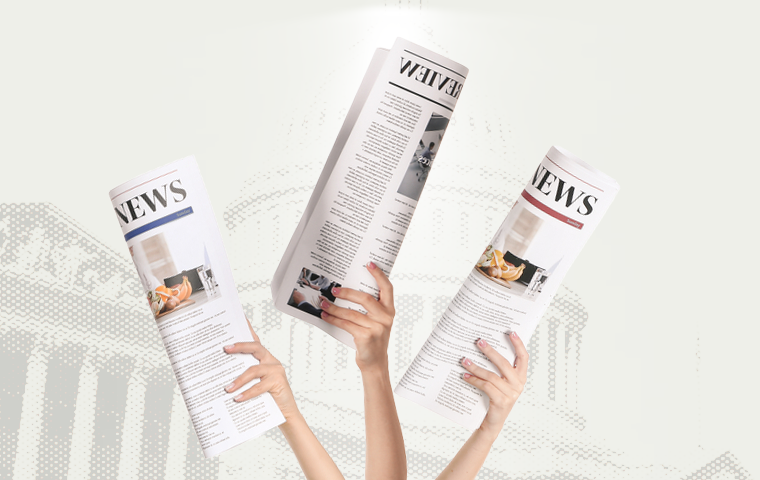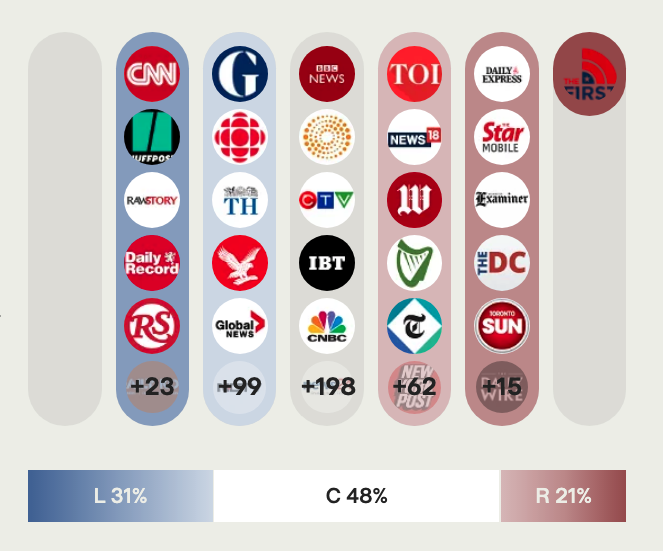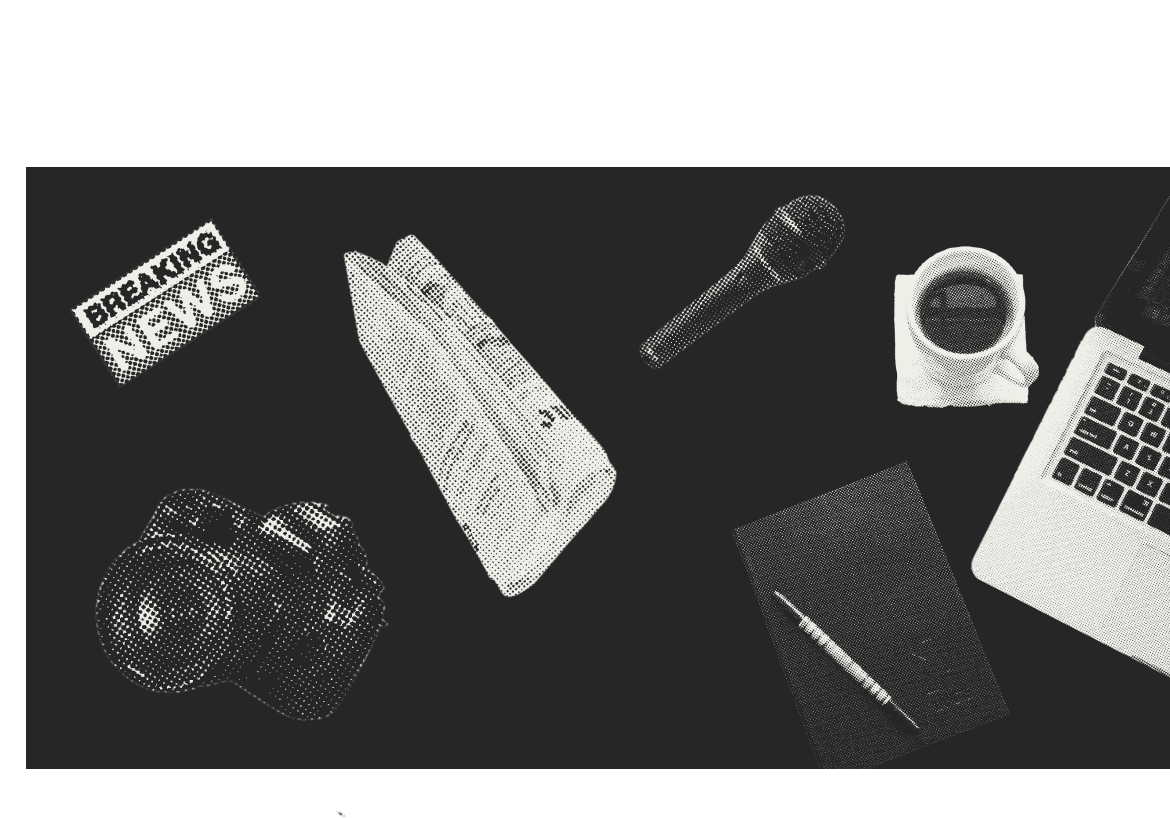Are There Any Unbiased News Sources?
Ground NewsOct 25, 2022

To have bias, is to be human. Being afraid of heights is a bias against high-up places. Disliking anchovies is a bias against the taste of a small fish. Bias can be useful. It can help you make quick decisions, or give you a sense of identity. But it can also have a negative impact when it comes to how information is presented.
What is Bias?
There are two main types of bias. Implicit bias includes the attitudes or beliefs that affect us in an unconscious manner. Explicit bias includes attitudes or beliefs that affect us in a conscious manner.
Explicit biases are our declared positions toward anything from the foods you like, the sports teams you support, and the types of people you tend to clash with. Implicit biases, however, are ones that you may not realize you have, and often don't align with our declared beliefs.
How Does Bias Impact the News I Read?
The people who own or lead a news organization may have explicit biases that influence the types of stories that are reported, which stories are given the most visibility, or the language and tone of the articles it publishes.
Perhaps a news outlet sees a gap in coverage and wants to fill that niche to reach a new audience. Or, maybe a local news outlet finds data on the political leaning of their community and shifts the language of their reporting to align with that position in the hopes of increasing readership. These decisions are informed by biases like, left-leaning stories are more successful these days, or, everyone who lives here is right-leaning. Whether these biases are based on opinion or fact varies.
Implicit biases include beliefs or attitudes that unintentionally affect the way a story is reported. For example, a journalist who favors a certain politician may write that they had a “triumphant win” over the opposing candidate, rather than just stating that they “won”.
Implicit biases are very challenging to identify within ourselves because they are unconscious. This is especially true when people tend to be surrounded by those who have similar views to our own. In this environment, there is no contrast to make us question our own beliefs.
Is the News More Biased than it Used to Be?
Since its origin, the news has always been biased. In fact, in the nineteenth century it was normal for newspapers to have explicit affiliations with political parties. The writing style was grand and dramatic. News articles read more like novels.
If you compare the Journalist's Creed, written by the first dean of the Missouri School of Journalism over a century ago, to modern ethics codes for the Canadian Association of Journalists, the Society of Professional Journalists, or other journalistic organizations, it's obvious that over time the practice has actually shifted towards objective, fact-based reporting.
Why is Everyone Talking About Media Bias Now?
There is evidence that over the past 30 years the shift to digital media has led to an increase in reporting that is more subjective, relies more heavily on argumentation and advocacy, and includes more emotional appeals.
A report titled, “Truth Decay” from the RAND Corporation, a nonpartisan institution that helps improve policy and decisionmaking through research and analysis, identified four interconnected media trends that offer insight into why media bias is such a major topic of conversation today.
Increasing disagreement about facts and analytical interpretations of facts and data A blurring between opinion and fact An increase in the relative volume of opinion and personal experience over fact Declining trust in formerly respected sources of factual information
How Can I Trust the News if it's All Biased?
A healthy dose of skepticism is a good thing when it comes to reading the news. To take what you see as blind truth is a recipe for disaster, especially in today's highly partisan media landscape. Instead of trying to find the perfect “unbiased” news source (remember, those don't actually exist), try the following tips:
Read Multiple Perspectives
See what both a left and right-leaning new source have to say about the same event. If there is bias in either of the articles, you're more likely to see it by comparing and contrasting the information. It's also an opportunity to discover how people with a different worldview see that issue. Give it a try by reading about Steve Bannon being sentenced to 4 months in jail.
Use Data-Driven Tools
There are several news organizations that use scientific methods to rate the bias of news organizations including AllSides, AdFontes and Media Bias/Fact Check. On Ground News we take all of those ratings to show you the bias distribution for every news story.

Check Your Blindspots
When we started Ground News we thought media bias was all about how an issue is covered. But media bias also includes what doesn't get covered. We noticed stories that were only being reported on by one side of the political spectrum and created the 'Blindspot' feed to highlight these inconsistencies. It's a great place for readers who gravitate toward news outlets from one side of the spectrum to discover stories they might be missing.
Read this next


Dec 05, 2022 · 5 min read
How Do We Teach Media Literacy in the Modern World?
A common activity in classrooms is to have students compare news articles on a particular subject. Ground News makes this activity richer and more rewarding for students by allowing them to easily compare news coverage and visualize bias.
Nov 08, 2022 · 5 min read